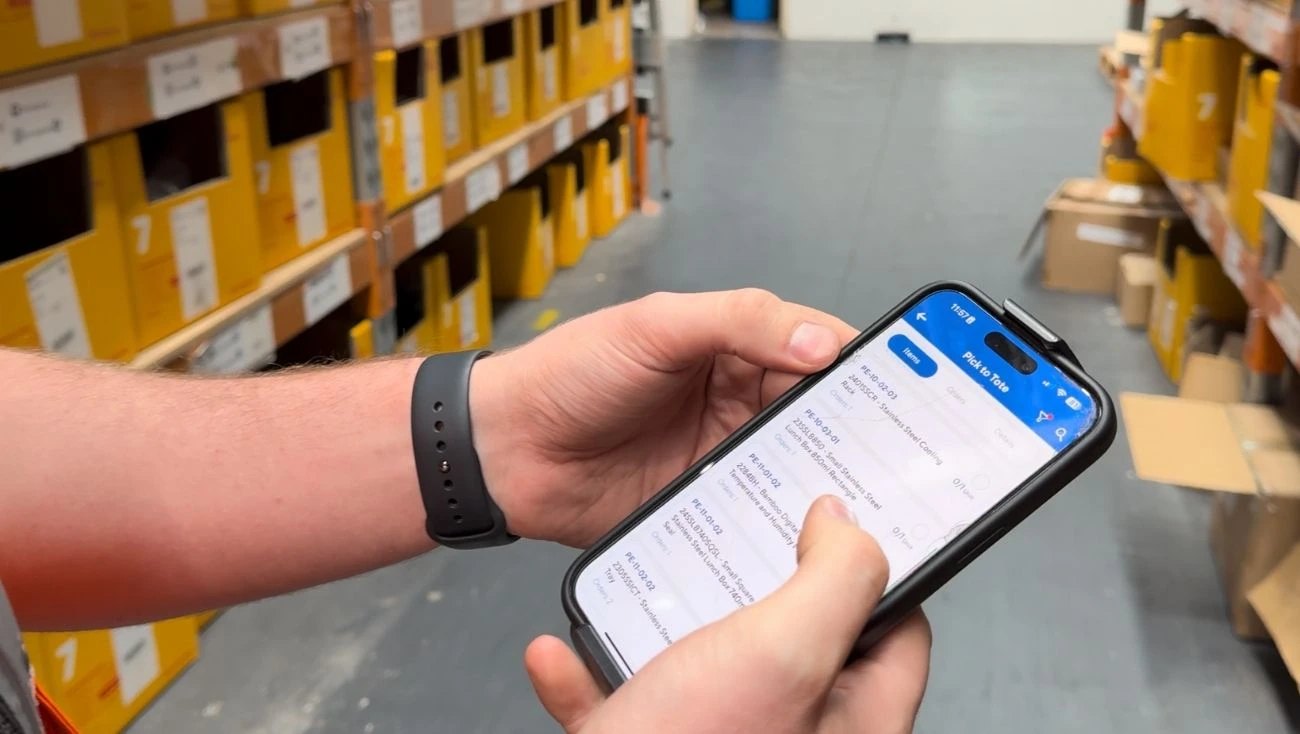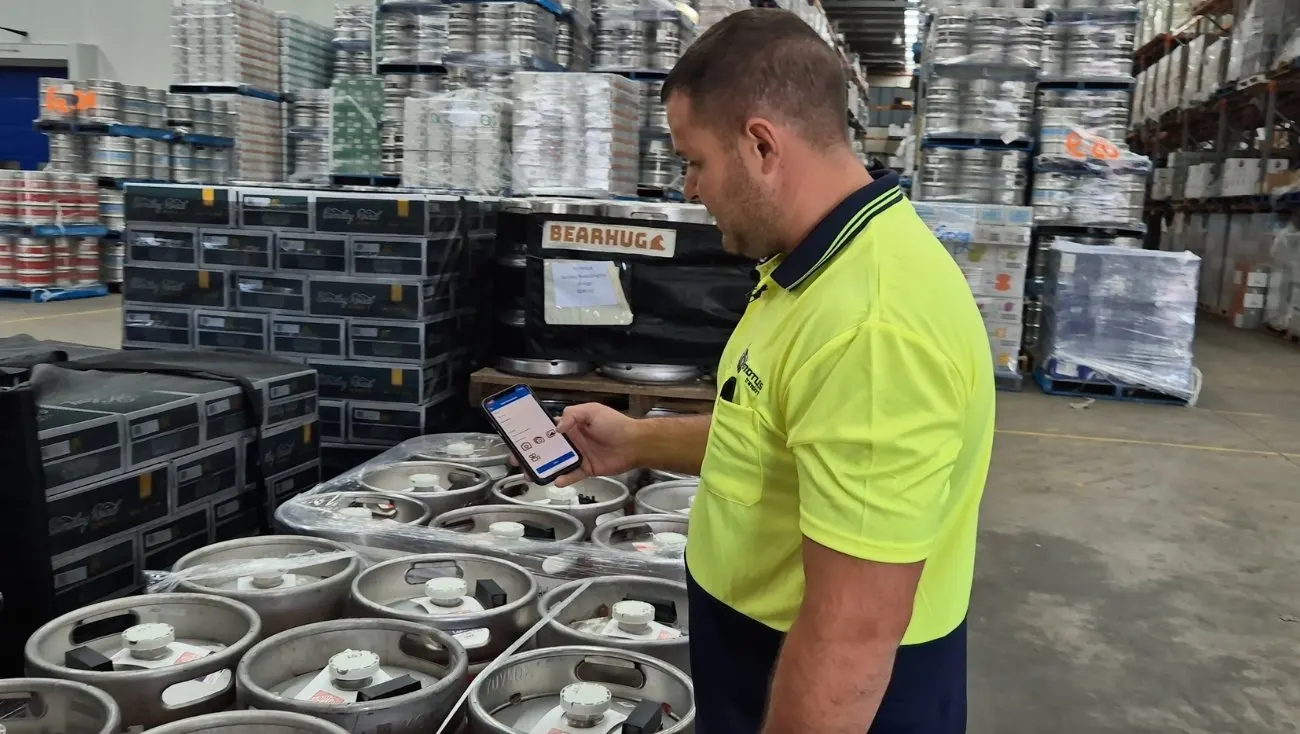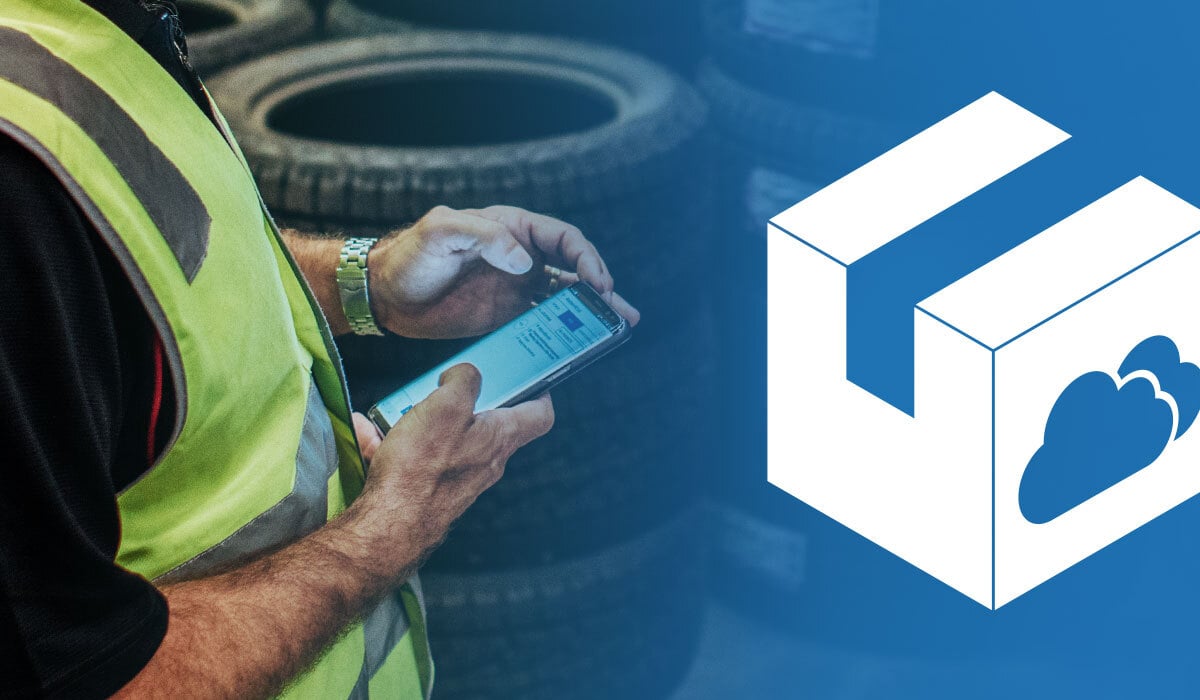How to implement FIFO in a warehouse

Inventory creates the best ROI when a FIFO system is in operation. But how to you implement First-In, First-Out in the warehousing environment?
In this post, we’ll examine exactly that. We have many clients across Australia, New Zealand and South-east Asia who are utilizing a FIFO system, some of which have transitioned after migrating to our cloud-based software platform.
Defining First In, First Out
Let’s start with what exactly FIFO is. This is the simple analogy of picking the oldest stock first, with the most recently stock left until last. FIFO is considered the most ideal stock rotation system.
This is common in FMCG environments. Food and time-critical consumables, such as medicine, needs to be rotated quickly to avoid disposing of expired inventory. But there are benefits for inventory that doesn’t require rotation. For example, product packaging itself can degrade over time and SKUs for this reason should not be left in inventory for years until dispatch.
Getting started
We’ll dedicate the largest part of this blog post to how you can get started with implementing FIFO in your warehousing operations. Our advice is not only based from the feedback we hear from many clients but also from our previous warehousing and logistics business based in Sydney.
Let’s begin:
- Easy access to old items will allow warehouse personnel to quickly and easily remove the oldest inventory first. Items that are racked more than one pallet deep will be more challenging to access and require additional time and resources such as a forklift.
- Stacking your pallets properly is fundamental to simplifying the process. Warehouse personnel should never stack new pallets on top of or in front of older pallets. Some operations provide access to the rear of racks, allowing personnel to remove older pallets without moving the newer pallets.
- Clearly labelling your inventory (pallets or packages) is paramount, and we don’t believe verbal communication is enough. This gives warehouse workers an instant visual as to the receiving date of the inventory. Additionally, CartonCloud can tag pallets/packages based on age through our barcode system.
There are other ways that our clients have used to implement their FIFO plan, including using specialized zones in their warehouse to separate freight.
Implementing your plan
There are certain ways to implement FIFO in a warehouse. Quite commonly, freight is based on expiration date, with the easiest accessible freight also being the oldest freight.
Additionally, some implement based on lots where pallets received the same day are grouped together. Others choose an LPN system where sequential pallet licensing allows operators to assign a number to later identify the pallet.
Plans should have input not just from managerial teams but also warehouse personnel. Those working on the ground all day can be a reliable source of workflow improvement.
Ease through automation
Warehouses generally work better through systems. CartonCloud now has thousands of users across Australia and New Zealand who have chosen to utilize the automated approach.
We’re currently serving many clients who have First In, First Out warehousing operations. Give us a call to discover how we can best serve you today.
Subscribe to CartonCloud



.webp)
.webp)
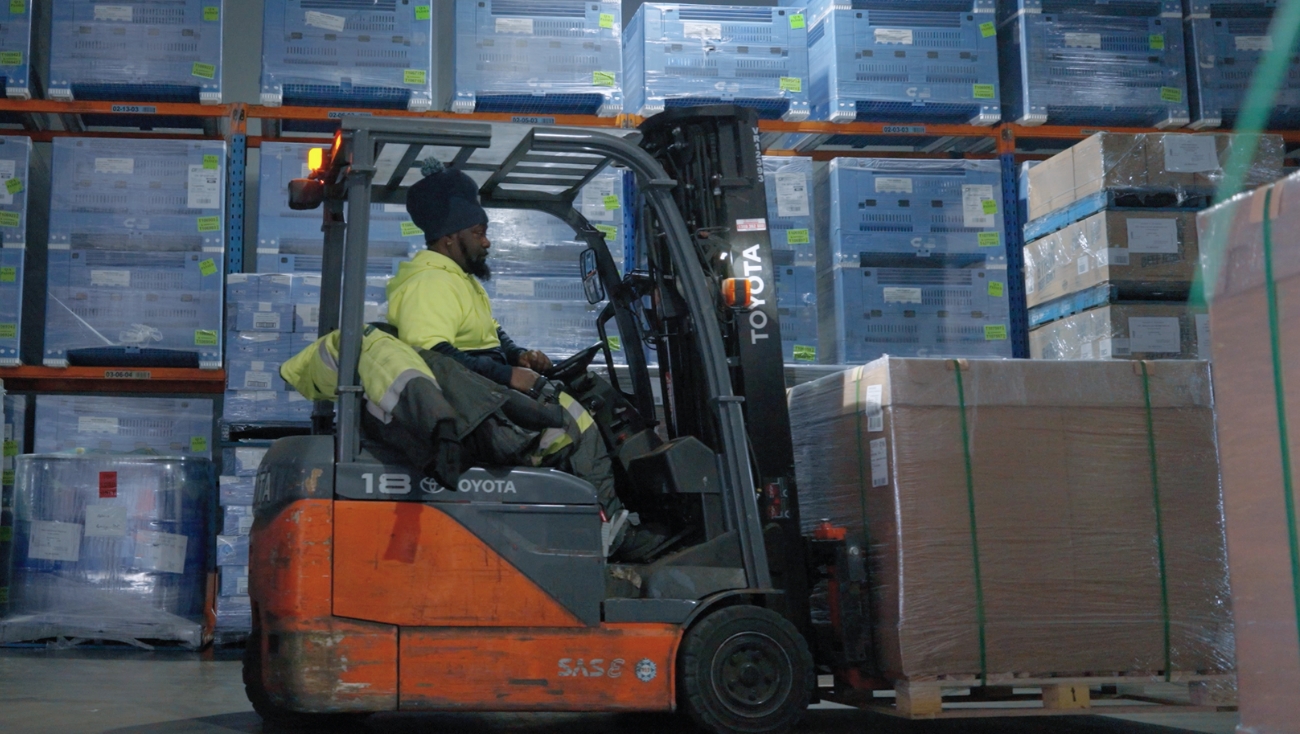

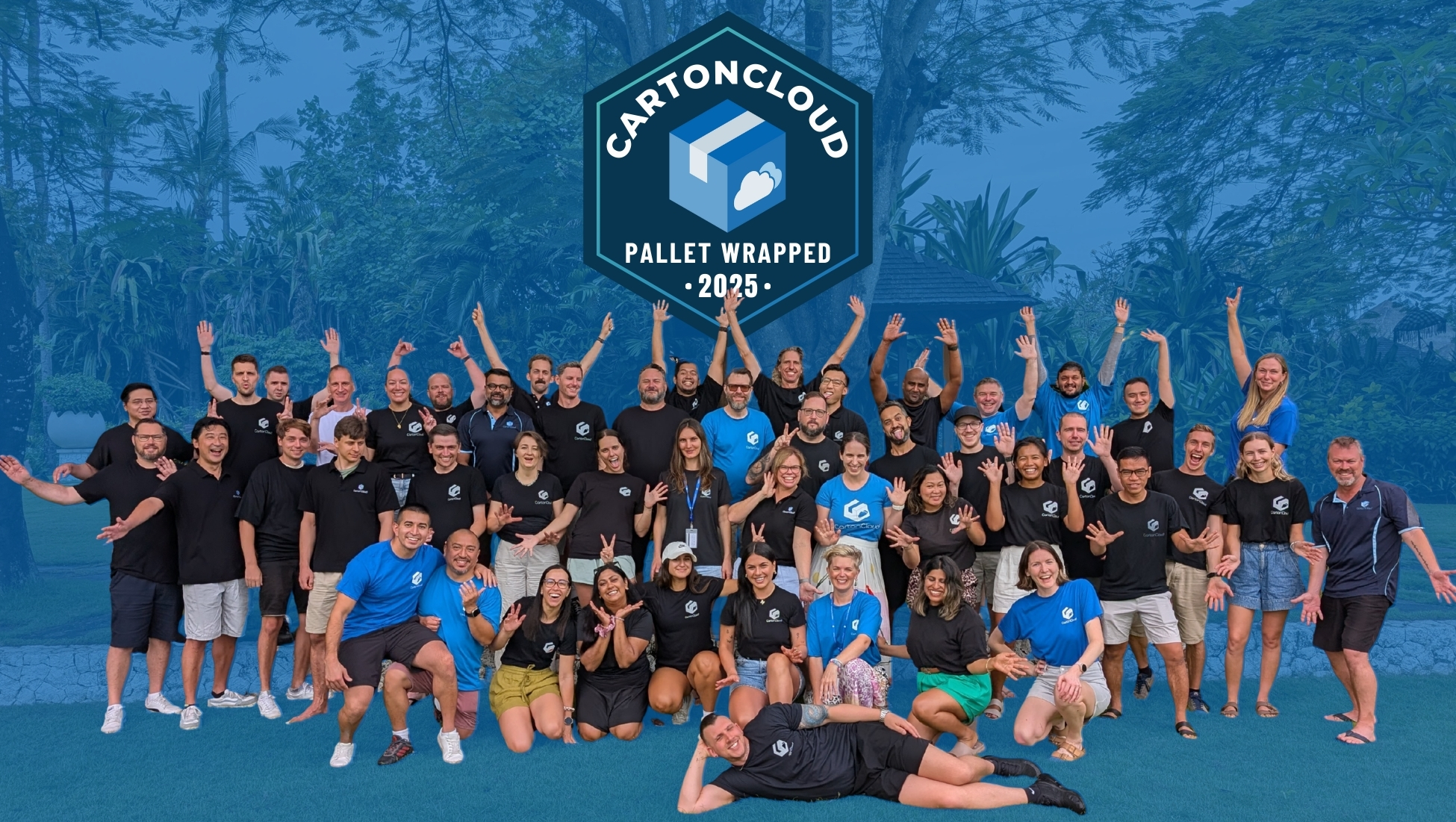
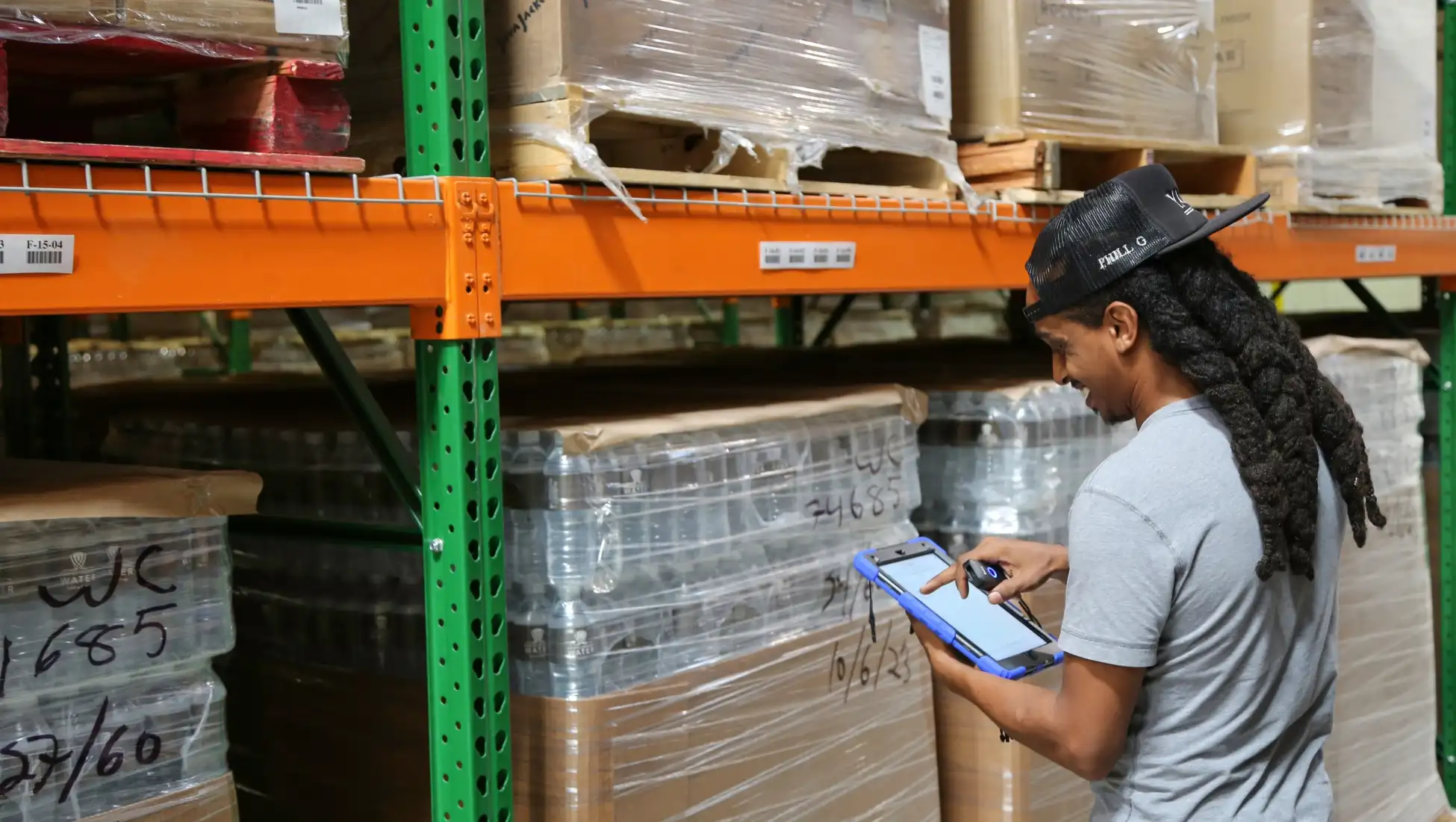
.webp)
